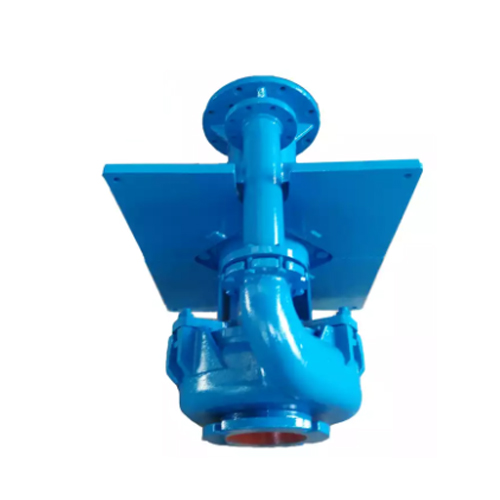- Shifo Industrial Zone, Anguo City, Hebei Province,China
- +8618831216699
sale@nlpumps.com

Certainly, here is an article on whether slurry pumps can run dry:

Slurry pumps are an essential part of many industries that deal with fluids containing solid particles. They are designed to handle abrasive and viscous fluids, making them an ideal choice for applications such as mining, construction, and wastewater treatment.
One common question people ask about slurry pumps is whether they can run dry. The short answer is no, slurry pumps should never run dry as it can cause severe damage to the pump and its components.
When a slurry pump operates without any fluid, the impeller and casing can experience severe wear and tear due to the absence of lubrication and cooling. This can lead to excessive heat generation due to friction and high RPMs, causing damage to the bearings, seals, and other components. Increased vibration levels can also occur, which can cause the pump to fail prematurely.
Moreover, running a slurry pump dry can cause cavitation. Cavitation occurs when the pump's suction side experiences a low-pressure condition, leading to the formation of vapor bubbles that implode when they reach the higher pressure areas. This can cause damage to the impeller, casing, and other components.
To prevent these issues, it's essential to ensure that the slurry pump is always primed before starting it and that there is always a sufficient amount of fluid in the pump during operation. Priming the pump involves filling the pump's suction line with fluid before starting the pump. This ensures that the pump is always filled with fluid and prevents it from running dry.
In conclusion, slurry pumps should never run dry as it can cause significant damage to the pump and its components. To ensure the pump's longevity and efficient operation, it's essential to follow the manufacturer's guidelines and keep the pump primed at all times. By doing so, you can ensure that your slurry pump operates reliably and efficiently, reducing downtime and maintenance costs in the long run.